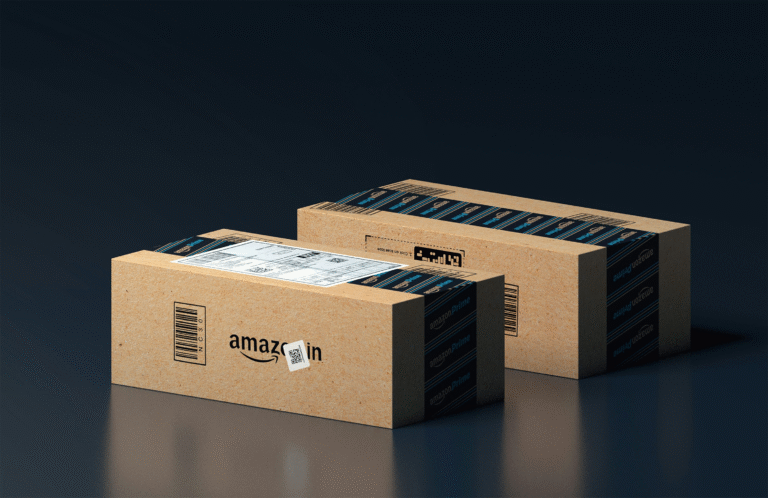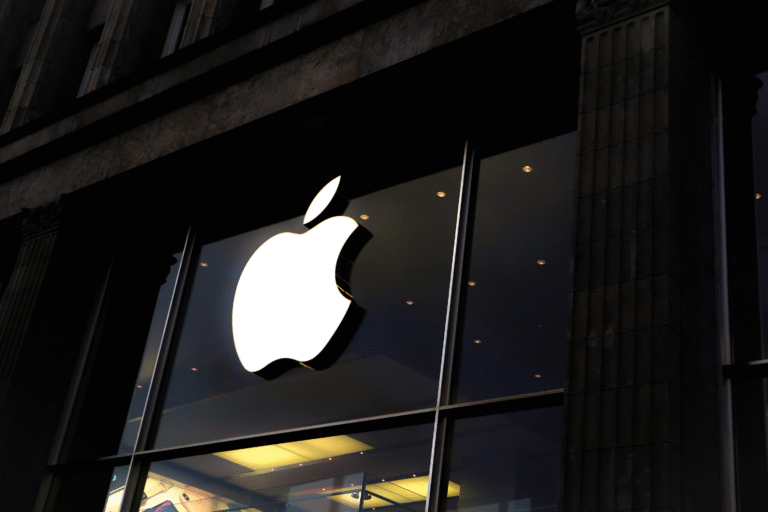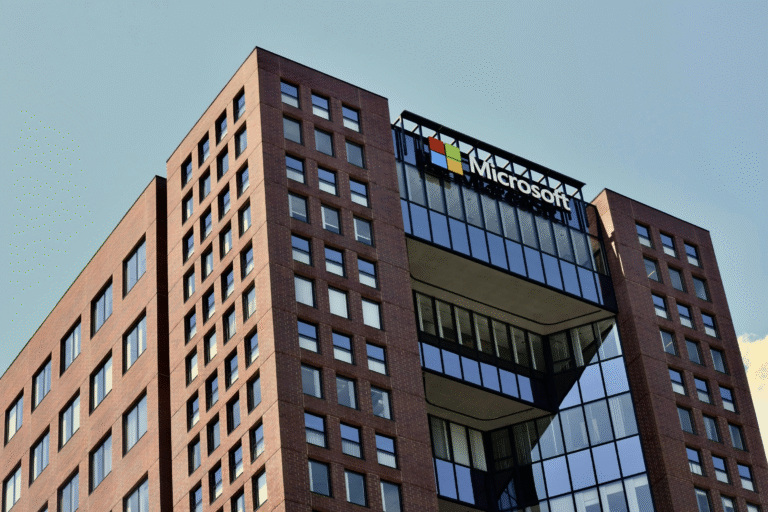Every Halloween, Americans love to fill their homes with chocolate bars, candies, and sweet treats. But this year, there’s a twist — chocolate might come with a higher price tag. According to a new report from Wells Fargo’s Agri-Food Institute, chocolate prices in the United States are likely to stay high this Halloween. The main reason behind this rise is that cocoa, the key ingredient in chocolate, has become much more expensive than before.
The report says that cocoa prices have more than doubled since early 2024. Even though prices came down a little from their highest point in late 2024, they are still very high compared to normal years. Chocolate companies are struggling to manage these increased costs and are passing them on to consumers. This means that your favorite chocolate might cost more, or come in a smaller size for the same price.
“Shrinkflation” is one word used to describe this trick by companies. It means they reduce the portion size of a product while keeping the price the same. So, you might buy a chocolate bar that looks the same but has less chocolate inside. Some brands are also cutting down on special Halloween flavors or seasonal product lines to save money. So, this year’s Halloween candy section might look a little smaller than before.
But why did cocoa prices shoot up so high? The answer lies thousands of miles away in West Africa. Countries like Ivory Coast and Ghana produce about 70% of the world’s cocoa. These regions have faced several serious problems over the past two years that deeply affected cocoa farming.
First came heavy rains in late 2023, which caused diseases like black pod disease and crop rot. The crops were soaked for too long, and the cocoa pods started to decay. As if that wasn’t enough, the weather turned completely opposite in 2024 when El Niño brought droughts to the same areas. This extreme dryness made it even harder for cocoa trees to recover and also spread another dangerous problem — the cocoa swollen shoot virus disease.
Because of these challenges, cocoa production around the world dropped sharply. The International Cocoa Organization (ICO) reported that global cocoa production fell by almost 13% last season, reaching only 4.37 million metric tons. This caused a supply shortage of about 494,000 metric tons — the biggest cocoa deficit in over sixty years. Ivory Coast, the largest cocoa producer in the world, saw a massive 25.3% drop in production. Ghana, the second largest, suffered even more, with its cocoa output falling by 31.3%.
Such a big drop in cocoa supply means there simply isn’t enough to meet global demand. People around the world still love chocolate, and factories need cocoa to keep producing it. But when supply is low and demand remains high, prices naturally go up — and that’s exactly what happened. The Wells Fargo report added that even though cocoa prices may not climb much higher, they are likely to remain at this high level for quite some time.
In fact, the report warned that the situation might stay difficult for at least another year. Cocoa exporters have already predicted another 10% drop in cocoa output for the 2025–2026 crop year, which began in October. “It is likely that cocoa prices will remain high at least through the next crop year ending September 2026 given the current record cocoa supply deficit,” the report said.
This is bad news for chocolate lovers and candy makers alike. Big companies like Hershey’s and Mars might need to rethink how they make and price their products. Smaller chocolate makers could struggle even more because they don’t have the same financial strength to handle such big price swings.
On top of all this, new tariffs on cocoa and cocoa products imported into the United States have made things worse. Tariffs are extra taxes added to goods that come from other countries. These new tariffs mean that chocolate companies must now pay more to bring cocoa into the U.S. — and again, those extra costs are being passed on to shoppers.
Imagine this: last year you could buy a bag of mini chocolate bars for $5. This year, the same bag might cost $6 or $7, or it might look smaller but still cost $5. That’s how the cocoa crisis is quietly changing what you find on store shelves.
While this may seem like just another price hike, it also shows how global problems can affect even small, everyday things in our lives. A storm or drought thousands of miles away can decide how much you’ll pay for your Halloween chocolates this year. It’s a reminder that the world is more connected than we realize.
Some experts say it might take a few years before cocoa production returns to normal levels. Farmers in West Africa are trying to recover, but it’s not easy. They need healthy trees, good weather, and time to rebuild what they lost. Climate change also makes their job even harder, as unpredictable weather patterns can bring floods one year and drought the next.
In the meantime, people in the U.S. might need to adjust their chocolate habits — maybe buying less, choosing smaller packs, or even trying cheaper candies made from other ingredients. But for most, chocolate is a small joy that’s hard to give up, especially during celebrations like Halloween.
As one shopper in New York joked, “I can’t skip chocolate on Halloween. I’ll just have to buy fewer bars — or hide them from my kids!” That’s the sweet truth about this year’s cocoa crisis — it’s biting into our wallets, but not into our love for chocolate.
So, when you walk down the candy aisle this Halloween and notice your favorite treats costing a bit more, you’ll know the reason why. It’s not just about candy — it’s about weather, farming, trade, and the way the world’s smallest beans can have the biggest impact.
Will next Halloween bring better news for chocolate lovers? That depends on how the next cocoa crop season goes. But one thing’s for sure — this year, the true trick might be finding chocolate that doesn’t break your budget.








